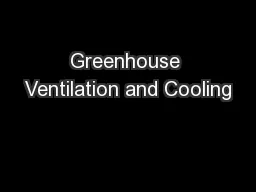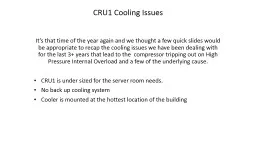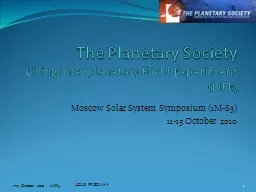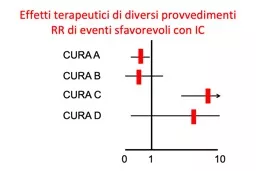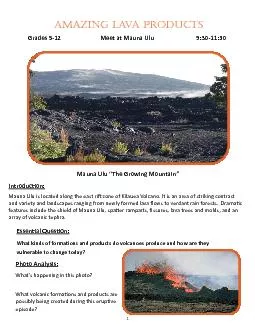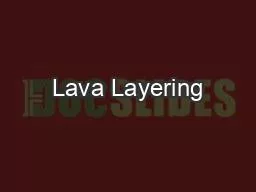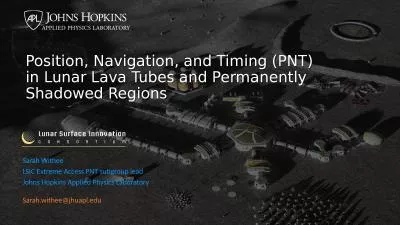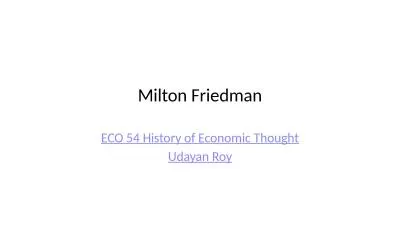PPT-Cooling the Lava By: Usman Hanif and Andrew Friedman
Author : briana-ranney | Published Date : 2019-11-21
Cooling the Lava By Usman Hanif and Andrew Friedman T horbjorn Sigurgeirsson University of Iceland Physical Laboratory Heimaey L argest island of Vestmannaeyjar
Presentation Embed Code
Download Presentation
Download Presentation The PPT/PDF document "Cooling the Lava By: Usman Hanif and And..." is the property of its rightful owner. Permission is granted to download and print the materials on this website for personal, non-commercial use only, and to display it on your personal computer provided you do not modify the materials and that you retain all copyright notices contained in the materials. By downloading content from our website, you accept the terms of this agreement.
Cooling the Lava By: Usman Hanif and Andrew Friedman: Transcript
Download Rules Of Document
"Cooling the Lava By: Usman Hanif and Andrew Friedman"The content belongs to its owner. You may download and print it for personal use, without modification, and keep all copyright notices. By downloading, you agree to these terms.
Related Documents




